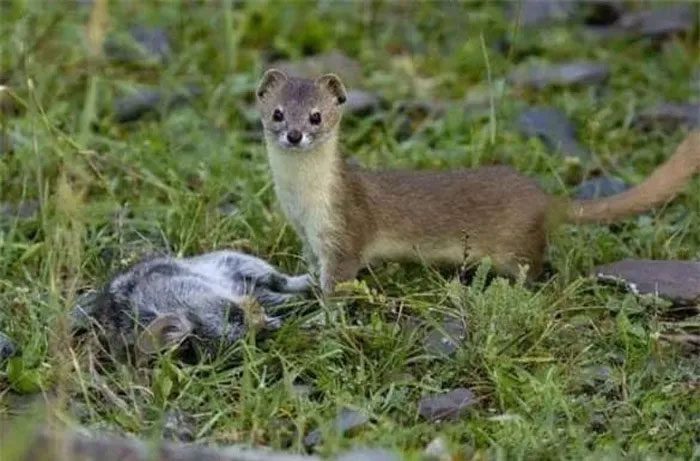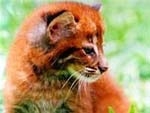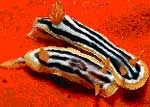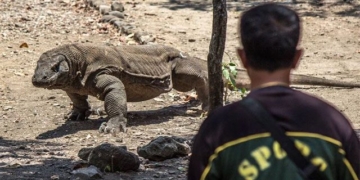Xinjiang – a vast region in northern China, renowned for its expansive forests, is home to countless species of wildlife. Each year, it attracts numerous experts for research and exploration.
Not long ago, three zoologists accidentally discovered a narrow cave while surveying the forests in Xinjiang. What shocked them was the presence of numerous rat carcasses inside the cave, all decapitated and with their brains corroded.
The question arises: What animal could be so brutal? To uncover the truth and identify the real culprit behind these “brain-eating” incidents, the scientists decided to wait outside the cave. After two days of waiting, they finally spotted the “culprit.”
Surprisingly, the “brain-eating monster” was less than 20 cm long and appeared quite cute, seemingly harmless. Upon closer observation, they realized it was a rare wild steppe polecat. So, why does the steppe polecat eat the brains of rats, and how powerful are they?


The steppe polecat needs to consume food equal to 40% of its body weight daily. (Illustrative image).
The steppe polecat (also known as the brown polecat) is the smallest species in the mustelid family and is also the smallest among carnivorous mammals. This species only measures about 12 – 25 cm in length and weighs around 40 – 70 grams. The steppe polecat looks innocent and adorable with its short, dense fur. Its coat color changes with the seasons. In summer, the fur on its back, legs, and tail turns coffee brown, while its belly remains white, forming a distinct border between the two colors. In winter, its entire body turns pure white, making it very attractive. The primary diet of the steppe polecat consists of rats, but it also occasionally eats small birds, spiders, and insects.
Why has the steppe polecat become a “brain-eating monster”? It is known that the steppe polecat is not only a “supermodel” of the green forest but also a “food enthusiast” at the top of the food chain. They have a body fat content of less than 5% and a metabolic rate 2-3 times higher than that of other animals of similar size. Therefore, the steppe polecat needs to consume food equal to 40% of its body weight daily to maintain energy. If they lack food, they can starve, which is why steppe polecats are constantly on the move, hunting or searching for prey. In a year, they can eliminate over 3,000 rats, an impressive number.
Importantly, to absorb more nutrients, steppe polecats often eat the brains of rats first, followed by the fatty parts. If they are full, they will drag the remaining parts into their burrow for storage. Even with a burrow full of food, steppe polecats continue to hunt, becoming a terror for wild rats, truly a “demon” in the forest.





















































